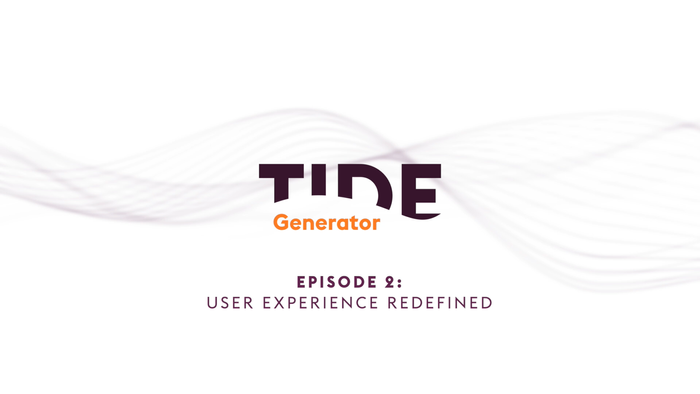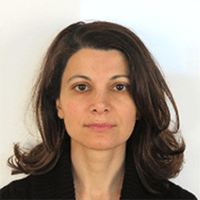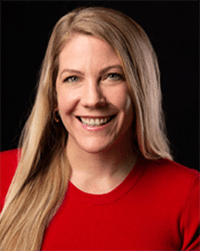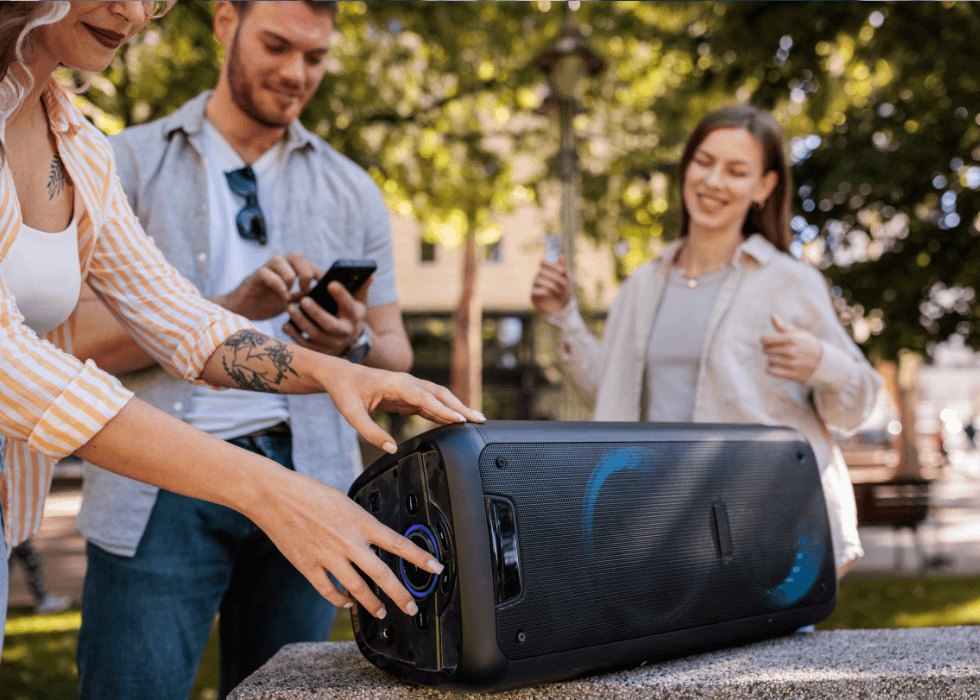Podcast: User Experience Design for Museums and Events

We are in the midst of a global reimagining of how people will interact with the physical and human elements of public spaces. Seeking answers on the modes and means by which we will gather and connect, in this episode of the TIDE® Generator podcast we consider two areas consistently at the forefront of engagement: museums and events.
With an unprecedented opportunity to completely shut down and reboot the experience in these venues, what are designers looking to implement first for a safe reopening? How are new modes of thinking about where and how we’ll assemble in groups catalyzing the integration of new touchless and screenless technologies? In what other ways will AV and interactive technologies come to the forefront of new designs? How might today’s challenges actually be a catalyst for realizing some imaginative new uses of technology?
Our guests in this episode bring their future-oriented experience in the museum and event experience design worlds to share some ideas about which technological trends are already being realized by these new requirements. Joining us to talk about “User Experience, Redefined” are Emily Conrad, Co-Founder and President of Tessellate Studio, who is also an adjunct professor within New York University’s Interactive Telecommunications Program, and Songul Aslanturk, User Experience Design Lead with Google.
Check out the podcast to hear how their work is already changing in reflection of new ways of gathering in museums and event spaces. And read more below about their ideas for our future.

Songul Aslanturk is currently the user experience design lead for event spaces at Google. Her work focuses on systematic and scalable design solutions for integrating technology in physical environments and creating meaningful experiences.

Emily Conrad founded Tessallate, her integrated architectural, digital, and experiential design studio. She draws upon her interest in design and technology to create rich, meaningful experiences that educate and evoke. Conrad is also an adjunct professor at NYU’s Interactive Telecommunications Program teaching experience and exhibit design.
Songul, everyone thinks they know what it’s like to work at Google, what is it really like?
It is a self-driven work environment. Everyone is supportive and open to collaborate. They share knowledge and expertise with you. Initiating the dialog and building relationships with your work partners is an essential skill to have.
Emily, you've worked on projects that involve multi-person games, how do games and the idea of play come into experience design?
As a designer, my focus is on software-generated environments. This goes beyond automation and response and creating narrative spaces that pull from real-time data sets, images, and video, and works together with the 3-dimensional space, artifacts, and objects. In one of our most recent projects, we designed and developed a multi-person game set in a van, and the inside of the van was the immersive environment.
The idea was as the players played the game together, the high-level theme is renewable energy, and they could see how the environment began to change and what they were affecting. Each player was playing together on a mission, collaborating with the same view on their screens. It was an effective way to get them to self-organize and learn in a tight space!
Songul, how do you design environments to help humans connect at such a large company?
I start with understanding the users and building empathy for them. The next step is finding solutions to the user needs and creating scalable and customizable solutions. Google offices in different regions have nuanced Google experience. I make sure to offer solutions that respect that nuanced experience and Googler expectations.
Emily, as a professor, what have you learned from your students? What kind of experiences are they looking for?
It has been a unique year, since now with the coronavirus all the in-person teaching is now remote. This situation is new to all of us, and they've demonstrated incredible flexibility and resilience. I've noticed my students are looking for experiences that give affirmation to the world and the human condition, as it's happening right now. They look for meaning and seek those that are more understated without overly gratuitous uses of technology. In general, the experiences they are seeking are more purposeful.
What new ideas in immersive experiences are you excited about?
Songul: Seamless and meaningful integration of technology to immerse people in physical spaces is exciting. Architects and designers are moving away from screen-based experiences and inviting people to interact with their surroundings. Team Lab Borderless is a great example for that.
Emily: A large part of my career has been spent exploring real multisensory experiences since the more senses we engage, the better our memory of an experience. A few others include removing barriers of screens for input and employing voice and gesture activation, augmenting physical objects with tech in a social or public environment, object-based storytelling, and remote group participation. Yes, many IRL (in real life) experiences are now going "online" in fantastic ways, and what's compelling for me is designing specifically for that experience and not a mimic of the physical experience. We are seeing an adaptation to the virtual – in short order – and behaviors are changing in response, removing the friction to visit a place "remotely." It's ripe for ingenuity, and I believe it will change how we design the physical environments to amplify the virtual experience.
How do AV integrators fit into the experience design process?
Songul: It’s an inclusive work process – working closely from the start to generate ideas and understand each other's point of view as a full team is the key to create great experiences. As a designer, we help the team focus on the users/visitors. AV integrators help realize ideas and share their technical expertise for creating a successful experience.
Emily: The integration of technology is what often differentiates between a mediocre experience and an exceptional one. You can have the best idea designed and documented, but if the implementation isn't just right, it detracts from the overall intention. For us, we work with AV integrators upfront to help inform and develop the design. It's not just "design then build," it's getting the right people at the table early on. This process not only serves the design better but helps mitigate issues as the project goes into production.
What does technology not do now that you wish it did?
Songul: Interactive architecture – I wish that the demand for interactive/smart architecture grew so we would have more technologically enabled materials to use and program in physical space to create interactive and immersive experiences.
Emily: Technology is under a lens right now and has proven to be beneficial with entertainment and nonessential services. Still, I do hope that technology can help us solve the many real issues we face in education and healthcare today. That said, we each recognize technology as a powerful tool, even with its many limitations. And right now, many people are being discouraged from being out in public spaces, or from utilizing technology available in social areas. Museums are closed, offices are closed, bars and restaurants are closed, so many things are changing in ways we thought they never would. So we are having to change our tools, and the entire operating model. Are people going to want to touch screens and buttons in public space again? Will we need more gesture activation? This is an opportunity for designers to try out those ideas that have been floating around and not yet crystallized.
Subscribe to the new TIDE Generator Podcast on:




